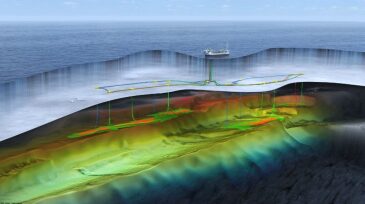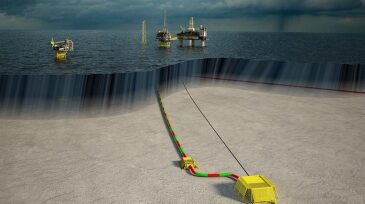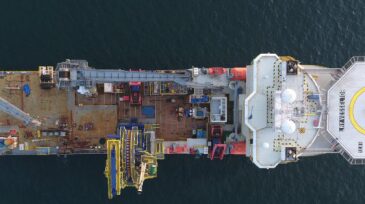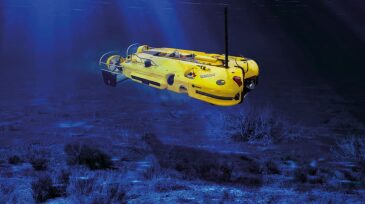Offshore/subsea systems
Vår Energi ASA and partners have officially sanctioned the Previously Produced Fields Project in the Greater Ekofisk Area. The redevelopment is expected to add high-value barrels starting in 2028, extending the production life of one of Norway’s key offshore regions.
Sponsored
As HPHT wells push equipment to the edge of material limits, operators are turning to advanced thermoplastics and sealed electrical assemblies to maintain system integrity. From ESP insulation to BOP control systems, the right component design can prevent failures, lower intervention costs, and extend equipment life in the harshest offshore environments.
The new development is estimated to hold 46 million bbl of recoverable oil and is planned to start up in late 2028.
-
Statoil has submitted a long-awaited development plan for what will become Norway’s northernmost development.
-
Obstacles remain to keeping offshore development competitive with its onshore counterpart. Can the industry advance technology at a pace where the subsea segment will see a resurgence?
-
Since the Macondo disaster, industry publications have discussed the equipment, connections, and interfaces needed for capping and containing a blowing subsea well, but they give little insight into developing a well-specific subsea capping contingency plan.
-
McDermott announced a letter of award for a contract from Reliance Industries for the deepwater KG-D6 subsea field development in the Krishna Godavari Basin.
-
Baku Shipyard completed the sea trials of BP's subsea construction vessel Khankendi, which is being constructed for the Shah Deniz Stage 2 project.
-
WiSub will lead a consortium with Statoil, Kongsberg, Saab, and other companies and universities to develop a standardized interface for AUV docking with subsea structures, as well as bi-directional power transfer to help charge sensor networks.
-
Emphasis on identifying more-efficient subsea boosting solutions has led to a number of initiatives in the industry.
-
This study examines how subsea processing (SSP) can develop into an important enabling technology for future ultradeepwater-field developments and long-distance tiebacks.
-
The costs of subsea boosting systems have been reduced by adopting three primary strategies: simplifying the system design to reduce weight and cost, simplifying the installation and intervention, and reducing complexity and risk.
-
As the design methodologies evolve for arctic pipelines, strudel scour, permafrost thaw settlement, and ice gouging need to be factored in with environmental and geotechnical data, limit states, and trenching and backfilling activities.











